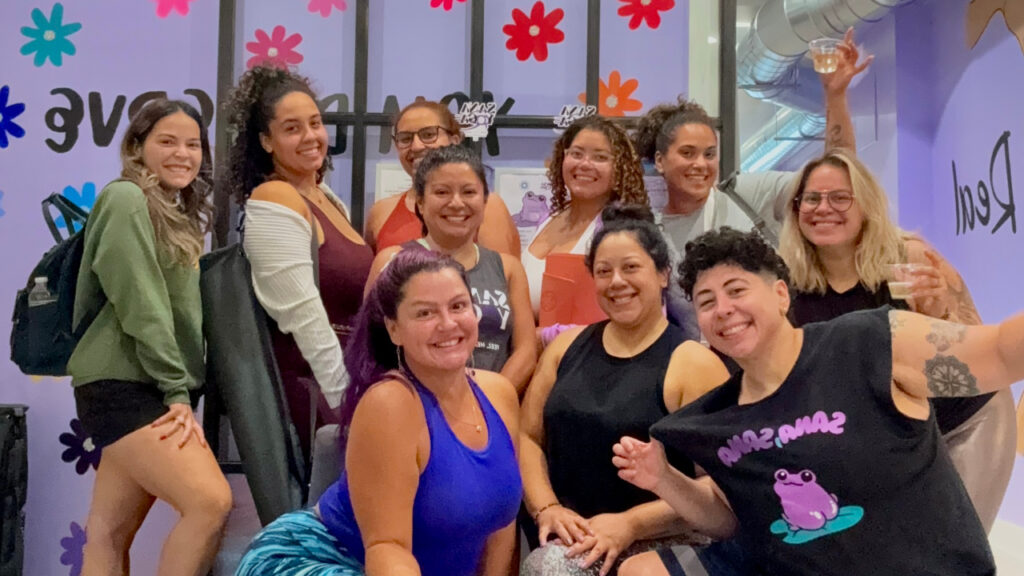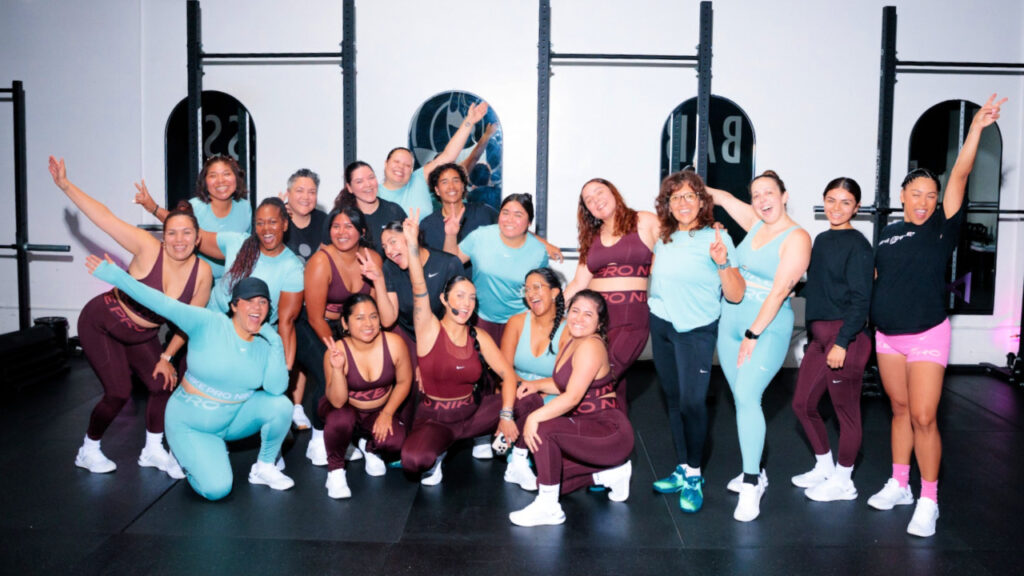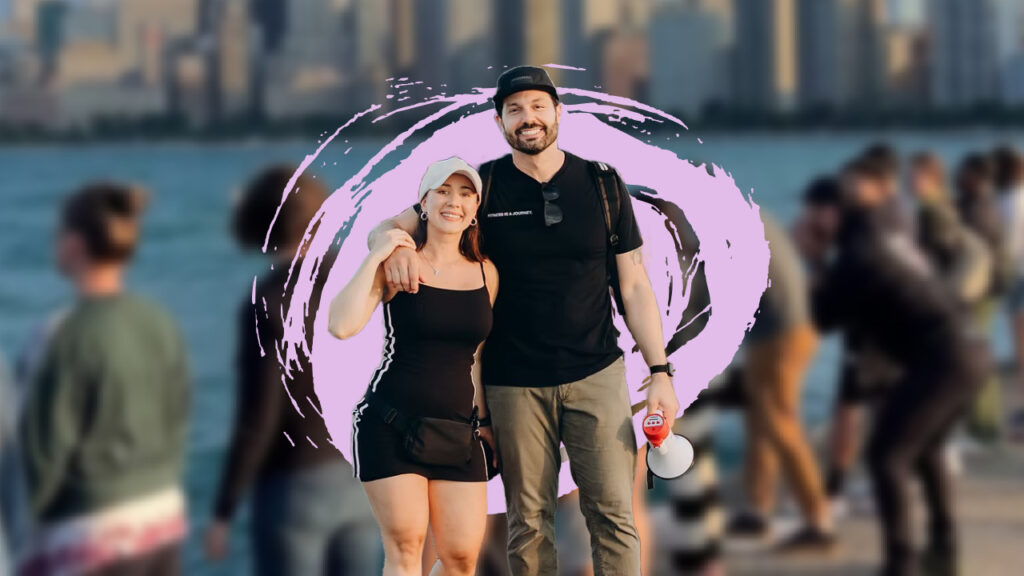Blame the Mirror: The Viral Theory Backed by Experts That’s Shaking Up How We See Ourselves
From the moment we wake up, we must contend with a million reflections of ourselves. We can see our faces just about anywhere, from mirrors to Zoom meetings to pictures. This wasn’t always the case. And for Avi Gill, learning about the “never meant to see our faces” theory proved to be a total game changer.
In a TikTok video with over 394,000 likes, she talks about how she used to think unflattering things about herself. That was until this theory by historian Ian Mortimer altered her reality and helped her be kinder to herself.
The “never meant to see our faces” theory hates mirrors, and here’s why
Everyone at some point has thought unkind and unflattering things about themselves. When I was little, I thought of myself as a sort of ugly duckling. Mostly because I became hyper-aware of how I looked. It was something I carried into my mid-20s.
“I used to think that I was really ugly. And then I understood the whole we were ‘never meant to see our faces’ theory, and it just changed the way I see myself,” Gill begins.
She continues, “This is my understanding of it. Humans were never supposed to see our faces this much, and that’s exactly why so many of us struggle with self-image. Like this is fact. This is truth.”
The TikToker explains how, before the invention of the mirror, people used to look at themselves in water. Mortimer’s theory supports this. Newsweek describes how the creation of glass mirrors signaled a big shift in perception because now people could see what others saw.
“Prior to that, people had to make do with bronze or copper mirrors, or merely a pool of water,” the publication writes.
Gill continues, “You couldn’t see your imperfections. And here’s what’s even crazier. We could see everyone else, but we could never compare because we never knew what we really look like, but then mirrors got invented and people could see themselves every day, and then photos came out and then videos and now social media.”
Our comparison dilemma has caused us to be overly aware of what we look like
Candy Calderon, a wellness expert and brain health professional, tells FIERCE that the more we see ourselves, the more self-conscious we become.
“The more we see ourselves, the more we scrutinize ourselves, which can lead to self-consciousness and rumination. Depending on how strong our view of self is, or not, this can increase body dissatisfaction, anxiety, stress, and depression,” the Dominican-born Latina explains.
She details that all this visibility “can create a distorted sense of self” that leads the brain to associate identity with validation.
“I’ve been in the wellness space for over 15+ years and a [am] content creator [and] public figure for 13+ and I can tell you from experience that when every moment is documented, analyzed, and sometimes altered for public consumption, our brain starts to associate worth with how others perceive us rather than how we truly feel,” the CEO Wellness Club founder asserts.
She continues, “Our brain adapts to repeated patterns, so if we’re constantly chasing ‘likes’ or approval, the neural pathways reinforcing self-worth become conditioned to external validation rather than internal fulfillment, which reduces our ability to process stress in a healthy way.”
Calderon cites that today’s generation of humans is “bombarded” with so many reflections that “self-awareness can easily turn into self-criticism.”
The rise of social media has exacerbated our comparison dilemma and the value we place on ourselves
Laura Abreu, a licensed clinical social worker and psychotherapist at Laura Abreu Therapy, believes the evolution of social media has contributed to how future generations will see themselves.
She tells FIERCE, “The social media that millennials were exposed to and introduced to was vastly different than what we have today. In the early days of Sconex, Myspace, and Facebook, social media was truly a way to connect with other people, share your thoughts with others, create community, and highlight your personality/creativity.”
“I have also seen how social media has affected young kids during my work as a school social worker. Amongst much younger generations, bullying via social media is prevalent and a huge issue,” the second-generation Dominican American adds.
Ultimately, social media morphed into the heartbeat of culture. Today’s version of social media has become the uncontrollable monster that hides under our bed and whispers sweet nothings in our ears—things we eventually believe.
Abreu adds, “I don’t think that the issue is that we are constantly seeing ourselves too much; it’s the effect of being constantly bombarded by images of what an ‘ideal’ face or body looks like and constant reminders of societal and cultural expectations via social media.”
Gill reminds us that we “are not an image” but “an experience”
“Here’s the truth that I’ve understood. The way you see yourself is not real. You think you’re seeing what everyone else sees, but you’re not,” she affirms.
She presses, “Other people don’t study your face the way you do: Every angle, every flaw. They see you in movement, in laughter, in-in moments, and that’s why beauty has never been just about looks. It’s about how you carry yourself, your energy.”
“So anyways, you are never supposed to see your face this much. You are never supposed to think about it this much because you are not an image. You are an experience, and that’s what people remember,” Gill concludes.
The comment section agreed with her.
“Have [you] ever seen a photo where [you’re] laughing really hard and think, ‘Gosh, I look horrible,’ but family or friends don’t look at it that way and only remember the good moments. We are so much more than looks,” one user added.
“This [needs] to be a sound and a movement,” another person wrote.
Another joked, “My frontal lobe just developed.”
“My grandma always says: ‘In the mirror there’s the devil.’ Always thought she was overdramatic, now I understand,” someone commented.




